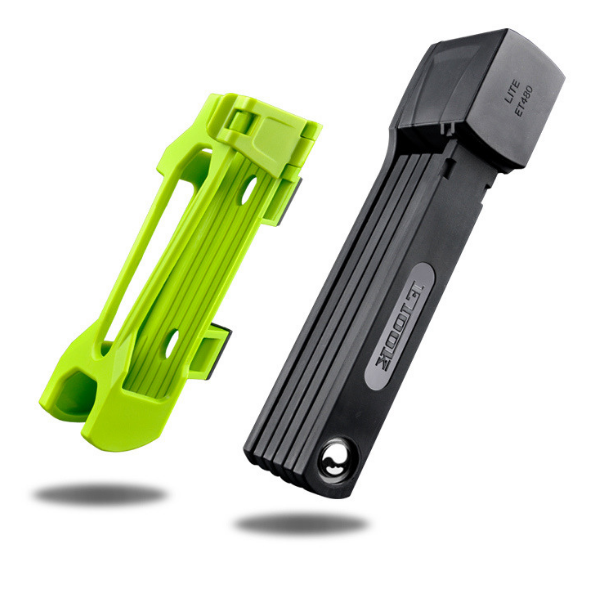When you think of recycling, it’s likely you think of household waste – small, easy-to-dispose-of items which you simply need to put in the right bin. But what about your car? What happens to vehicles when they’re no longer useful? If your once-trusty motor is no longer roadworthy, you may have no choice but to send it to the scrapyard.
Inthis guide, we focus on automotive reuse and recycling to allow people to make an informed choice about getting rid of their car responsibly. Read on to find out how to dispose of an old car.
Do I need to scrap my old car?
When a car gets to a certain age and mileage, there are a few reasons why you might be better off scrapping it rather than trying to sell it, including:
- Repair costs are more than the car is worth.
- It repeatedly fails its MOT.
- It’s unsafe to drive – even if a car passes its MOT, there may be other problems that creep up before the next one’s due.
- It has a rust problem – it’s the first thing that puts many buyers off. If your car has bad rust it will be almost impossible to sell it.
- It’s been badly damaged in an accident and the repair costs for getting it back on the road are too high.
- It’s been declared an insurance write-off.
A car which is in a condition to be scrapped is known as an end-of-life vehicle (ELV).
How do I scrap my car?
Disposing of an old car no longer means taking cash-in-hand from a dodgy dealer. Laws have been introduced over the past few years to ensure that old cars are disposed of responsibly. There are typically four steps you’ll need to follow:
- Find an Authorised Treatment Facility
If you decide to scrap your car, it must be taken to an Authorised Treatment Facility (ATF), sometimes referred to as scrapyards or breakers’ yards. These sites are approved by the government’s Environment Agency. It’s illegal to scrap your car anywhere else. An ATF will make sure the vehicle is disposed of responsibly and safely, draining all toxic fluids before dismantling the car.
If you’re in England, you can find the nearest ATF to you on the GOV.UK website. There are different services available in Scotland, Wales and Northern Ireland. ATFs usually offer to collect your car for free, but you can drop the car off directly if you prefer.
- Get a Certificate of Destruction (CoD)
When you take your car to be scrapped, the ATF will give you a Certificate of Destruction (CoD). This is proof that your car has been handed over to be scrapped and can never be driven again. If you don’t have a CoD you could still be liable for Vehicle Excise Duty (VED) and any penalties if the vehicle is involved in a traffic offence.
The ATF must tell you if they decide to repair the car instead of scrapping it. If this is the case, you won’t need a CoD.
- Tell the DVLA
You’ll need to tell the DVLA that you’ve taken your car to an ATF. If you don’t, you could be fined £1,000. You’ll need to give the ATF your V5C vehicle log book and keep the yellow ‘sell, transfer or part-exchange’ section. Use the ATF’s name as the trader you sold your car to, even if you didn’t get any money for scrapping it.
- Reclaim any remaining tax or car insurance
Once you have the CoD and have told the DVLA that your car’s been scrapped, they’ll refund any road tax (VED) left on your car. You should also contact your car insurance provider to see if they’ll give you a refund on any remaining insurance. Or you might be able to use it as credit towards another insurance policy if you’re buying a new car.
How do I scrap a car that’s an insurance write-off?
The process for scrapping a car that has been declared an insurance write-off is slightly different. Typically, your insurance provider will deal with getting the vehicle scrapped.
You just need to send the V5C log book to your insurance company, but keep the yellow ‘sell, transfer or part-exchange your vehicle to the motor trade’ section and notify the DVLA.

Can I keep my registration?
If you have a private registration that you want to transfer to a new car or keep for the future, you can apply to do so via GOV.UK or by post. It costs £80 and you’ll need your V5C vehicle logbook.
Will I have to pay to scrap my car?
ATFs don’t typically charge for disposing of your car and will usually offer to pay you for its scrap value.
If you’re a dab hand with a spanner and have the time and space, you might decide to take essential parts from the old car before scrapping it. In this case, the ATF may charge a fee, as there will be less value for them in a half-stripped car.
Just remember, if you’re planning on taking parts from your car before you scrap it, you’ll need to declare it SORN (Statutory Off Road Notification) and take it off the road while you’re working on it.
How much will I get to scrap my car?
Don’t expect to get much money for scrapping your car, but hey, it all counts. The price you’ll be offered can depend on your car’s make, model and age. Weight is important too, as you’ll be paid for its worth of recycled metals per tonne and the value of its parts. The price you get will also depend on the current market for scrap metal.
How far the scrap dealer has to travel to pick up your car will also be factored into your final payment, so you might get more if you choose a local ATF.
Under the Scrap Metal Dealers Act 2013, it’s against the law to pay cash for scrap cars in England and Wales. You can only accept payment via bank transfer or cheque.
If you want to get the best price for your scrap car, it might be worth doing a little online research to find out how much it’s worth.
Why are cars recycled?
Landfill sites are a significant source of pollution. Many waste materials take a long time to break down, if they ever do, releasing greenhouse gases and toxic substances that can become hazardous for humans and the environment. The most recent data from the UK Government shows that waste generated from commercial and industrial activities in England has remained relatively consistent since 2010, with 32 million tonnes produced that year and 33.8 tonnes produced in 2020.
Reusing and recycling car parts and materials stops these items from being disposed of in landfill sites, reducing pollution and preventing the release of potentially harmful materials.
Often, a car which is no longer fit for purpose may still have parts which can function properly, whether that’s wheels, panels, the radio or even the engine itself. Not only does this benefit the environment, but it’s also helpful for consumers, who are able to pay less for second-hand parts that still work perfectly.
What happens when a car is scrapped?
The target for end-of-life vehicles is 95% recovery and 85% recycling by average weight of each ELV. Parts of a car that can be recycled include the metal body, fabric from interior seats, plastic from the dashboard, tyres, batteries and even engine oil.
How is a scrapped car recycled?
This is what happens if your car is scrapped at an ATF:
- All hazardous fluids, such as fuel, oil and coolant, are drained and disposed of without harming the environment. This is known as vehicle depollution. The parts of the car they’ve come from are flushed through to make sure no fluids have been missed.
- The battery and tyres are removed. Tyres need to be recycled by a specialist, but very occasionally they may be reused on other vehicles.
- Some ATFs remove and catalogue components to be sold on as spare parts.
- The car is put through a shredder where powerful magnets separate the metals from other materials.
- The ATF will sell the steel to be melted down and used on new products. Using scrap steel can save up to 74% of the energy needed to make new steel.
- Lighter materials like foam, rubber, plastics and glass are separated by a vacuum and sent on for recycling. It was once more difficult to recycle safety glass, but new technology means it can be ground down and be reused like regular glass would be.
How are recycled car components used?
Car components can live on in all sorts of surprising ways.
|
Car component |
What it can be made into |
|
Batteries |
|
|
Fabrics |
|
|
Glass |
|
|
Interior plastics |
|
|
Panels and body parts |
|
|
Precious metals (found in catalytic converters) |
|
|
Tyres |
|














